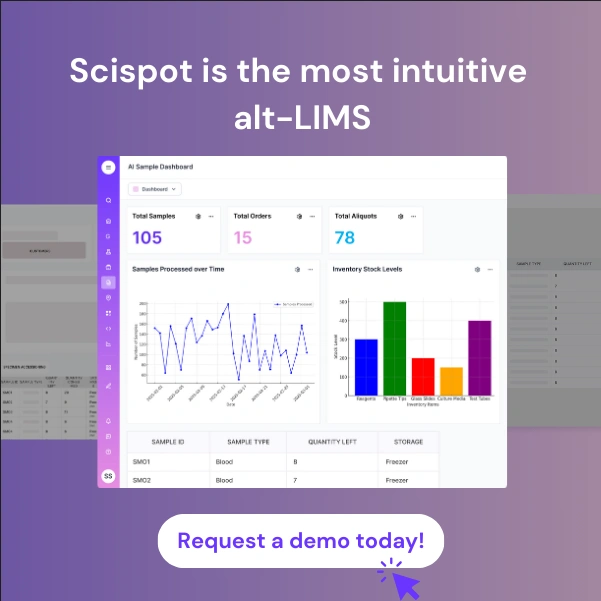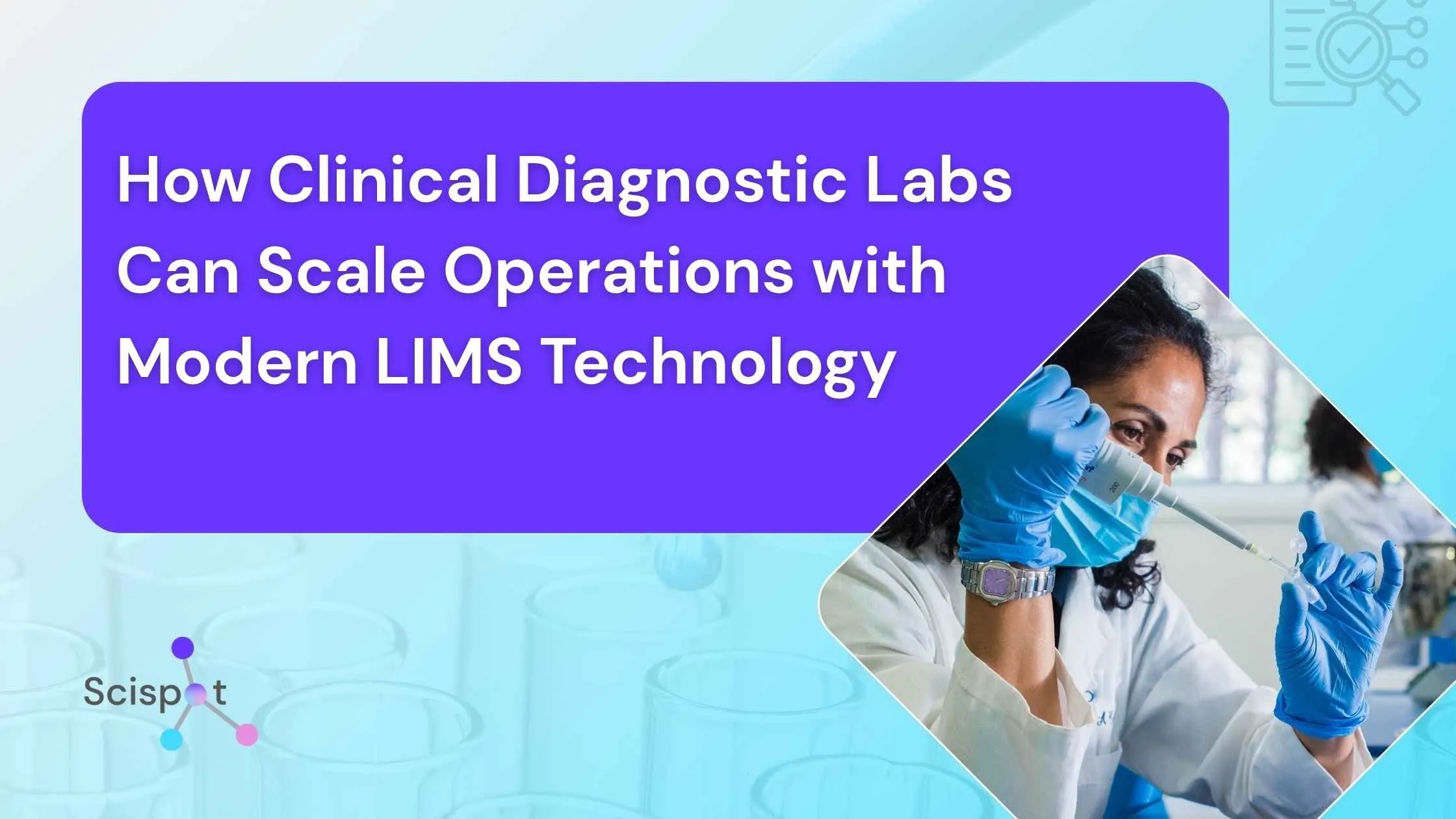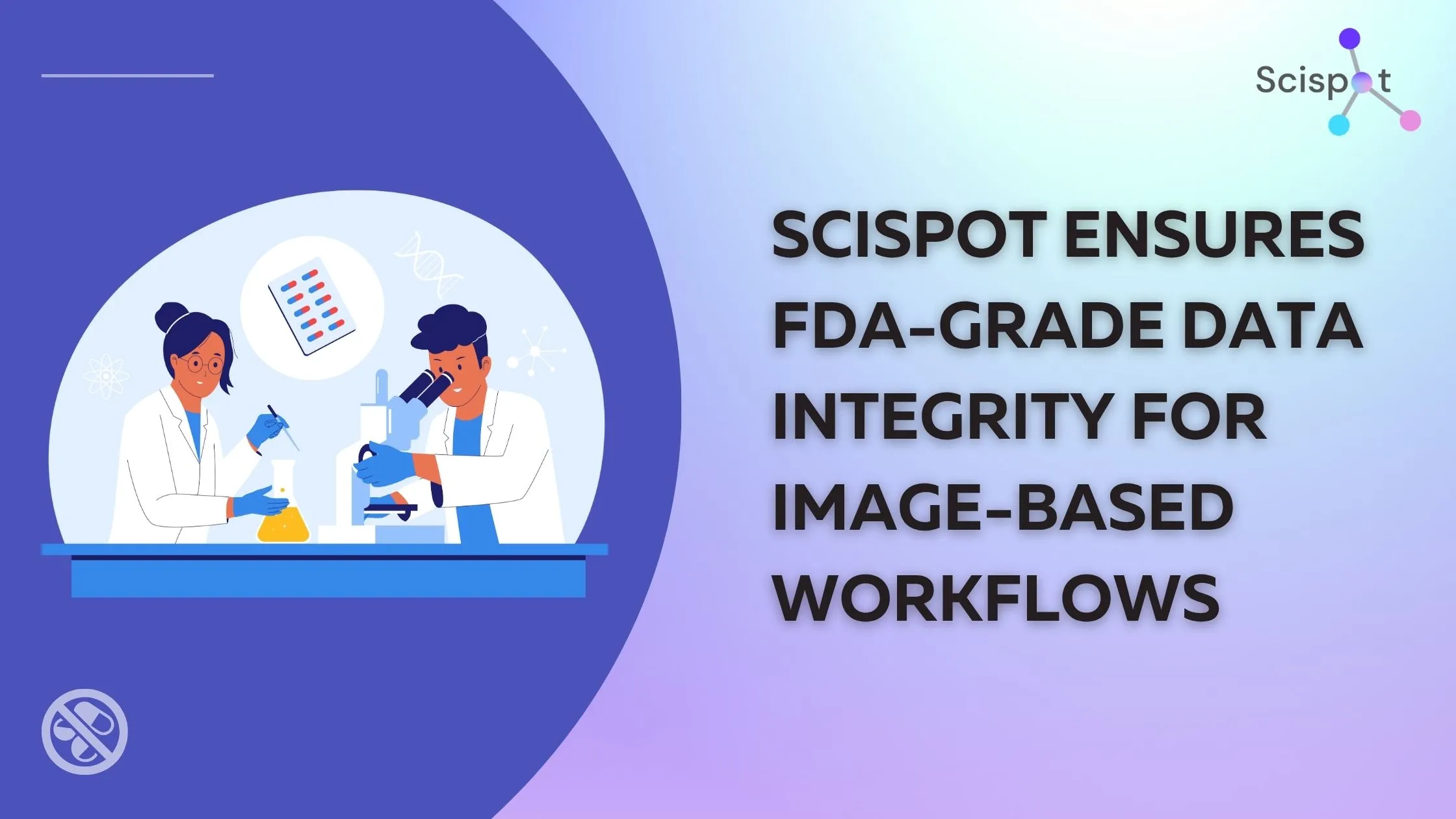Clinical diagnostic labs face mounting pressure to process higher volumes while maintaining strict regulatory standards. Traditional systems create bottlenecks that slow down critical testing processes and compromise data integrity.
The shift from research-focused operations to full-scale clinical testing demands robust infrastructure. Labs need LIMS solutions that grow with their operations rather than holding them back.

The Growing Complexity of Clinical Lab Operations
Modern diagnostic environments handle exponentially more data than ever before. Each sample generates multiple data points across various instruments and testing protocols.
Lab workflow automation becomes essential when manual processes can no longer keep pace with demand. Labs processing hundreds of samples daily need systems that eliminate repetitive tasks and reduce human error.
Many facilities still rely on disconnected tools that force teams to manually transfer data between systems. This approach creates compliance risks and wastes valuable time that could be spent on actual testing and analysis.
Key Challenges Slowing Down Diagnostic Labs
Scalability remains the biggest hurdle for growing diagnostic operations. Labs often start with basic systems that work for small volumes but break down as testing demands increase.
Integration problems plague facilities using multiple disconnected instruments. When sample management systems can't communicate with testing equipment, staff spend hours manually importing data from CSV exports and spreadsheets.
Regulatory compliance adds another layer of complexity. Clinical diagnostic labs must maintain detailed audit trails for CLIA, ISO 17025, and CFR Part 11 requirements while keeping up with daily testing schedules.
Quality control becomes increasingly difficult as operations scale. Without automated checks, labs struggle to catch sample mix-ups or data inconsistencies before they impact patient results.

Transforming Operations with Integrated LIMS Technology
Modern LIMS solutions eliminate these operational roadblocks through intelligent automation and seamless integrations. Instead of juggling multiple disconnected tools, labs can manage their entire operation from a unified platform.
Visual protocol guidance ensures technicians follow correct procedures every time. This approach reduces training time for new staff while maintaining consistency across all testing protocols.
Automated data capture from laboratory instruments eliminates manual entry errors. When samples move through testing protocols, the system automatically updates their status and maintains complete traceability.
Real-time quality control flags potential issues immediately rather than during end-of-day reviews. This proactive approach prevents problems from affecting multiple sample batches.
Scispot's alt-LIMS platform exemplifies this integrated approach by connecting instruments, protocols, and data management in one cohesive system.
Implementation Strategies for Modern Lab Infrastructure
Successful lab workflow automation starts with understanding your current bottlenecks. Most labs find the highest impact comes from automating their most time-intensive manual processes first.
Scalable architecture ensures your system grows with your operations. Rather than replacing entire systems as you expand, modern platforms adapt to increased sample volumes and new testing protocols.
API-first platforms enable seamless connections with existing laboratory equipment. This approach protects your investment in current instruments while adding the connectivity needed for automated workflows.
Staff training becomes simpler when systems use intuitive interfaces designed for laboratory professionals. The best LIMS solutions reduce learning curves rather than adding complexity to daily operations.
Scispot's workflow automation tools help labs implement these strategies through configurable templates that adapt to specific testing requirements.

Best Practices for Sustainable Lab Growth
Regular workflow assessment identifies opportunities for additional automation. As testing volumes grow, labs often discover new inefficiencies that weren't apparent at smaller scales.
Compliance monitoring should be built into daily operations rather than treated as a separate task. Modern sample management systems maintain audit trails automatically while staff focus on testing activities.
Data visualization helps teams spot trends and potential issues before they impact operations. Customizable dashboards turn complex laboratory data into actionable insights for better decision-making.
Continuous staff development ensures teams can take full advantage of system capabilities. Regular training sessions help laboratory professionals discover new features that could streamline their specific workflows.

The Future of Clinical Diagnostic Operations
Clinical diagnostic labs that embrace integrated technology position themselves for sustainable growth. Rather than constantly fighting system limitations, these facilities can focus on expanding their testing capabilities and improving patient outcomes.
Advanced analytics and AI integration are becoming standard features in modern LIMS solutions. These capabilities help labs identify patterns in testing data and optimize resource allocation for maximum efficiency.
Cloud-based infrastructure eliminates the need for costly hardware upgrades as operations scale. Labs can add new instruments and expand testing volumes without worrying about system capacity limitations.
Scispot's Lab Operating System provides the integrated foundation that diagnostic labs need to thrive in an increasingly complex regulatory environment.
Modern lab workflow automation isn't just about efficiency – it's about creating the infrastructure needed for breakthrough discoveries and better patient care.
Ready to see how integrated LIMS solutions can transform your diagnostic lab operations? Book a free consultation to discover how Scispot can streamline your workflows and accelerate your growth.






.webp)





